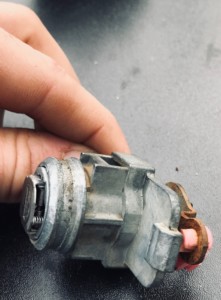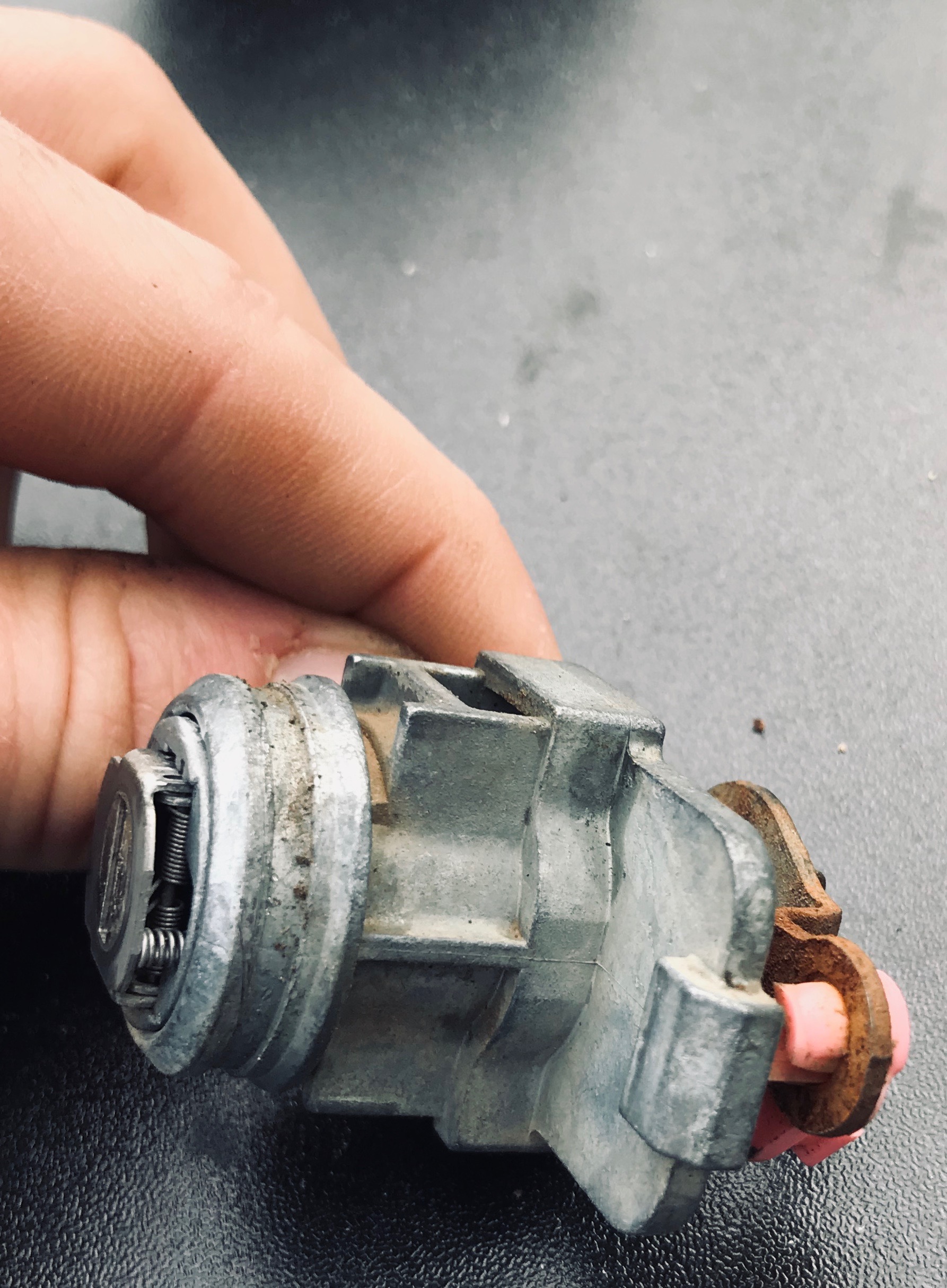I received a call from Willits the other day from a woman who encountered kind of a surprising problem. Her car battery had died and so the FOB on her Subaru key was not unlocking the vehicle. Then she tried her old fashioned key in the door lock but even that didn’t work. Now that is what I call a frustrating problem.
When your keys don’t work any more there could be a number of different issues going on, some of which you’d likely want to call an automotive or residential locksmith for, but before you do that there are some things you can try yourself which might save you some time and money. Now as a heads up, the following is a basic description of how locks work to help you understand how my solution gets your key to work again. If you’re curious, just keep reading, otherwise, skip over the next two paragraphs to read about how to fix it.
Basically, a lock is a system of moveable parts that keeps the wrong people from opening your doors or starting your vehicles. The way it works, very simply, is that little pieces of metal (called “pins” in house locks and “wafers” in car locks) either fall into holes or protrude into channels to keep the lock from opening (kind of like how a door latch works actually). Now a key is a tool used to push and pull those little pieces of metal out of the way so that you can turn the latch or start your car.
Here’s the problem. Remember how I said the lock is a system of moving parts? Those little pieces of metal are supposed to move, and if your can’t get them to move, you won’t be ale to open your car. Also, there are springs located under or over your pins and wafers that are meant to reset the lock when your key is out. However, what can sometimes happen is that the moving pieces inside your lock might get rusted tight or gummed up with dust, water, mud, etc. and so instead of your key being able to push the pins/wafers out of the way, they will stay in place and your lock will not turn — even with your key.
So if you find your key not working, try this: use a non-sticky lubricant to get the moving parts moving again. One good product you might consider using is called “Tri-Flow” although in a pinch, good ol’ WD–40 will work.* Once you shoot a little bit of your lube inside the lock, stick your key inside the key way — pulling it in and out, giggling it up and down to work the lube into the stuck parts, trying to break them loose. Now, it’s not guaranteed that this fix will get your old key to work. As I said, there may be other problems with your lock that you don’t know about. But lubricating your lock might do the trick for you.
In the case of the woman who gave us a call about her Subaru key not working, in the middle of our phone conversation she tried her key in the door lock once more and, what do you know, it opened up for her, problem solved and a fortune saved. Now I can’t say for certain what happened, but I have a guess that she accomplished with her key and no lubrication the solution I just described. I think it likely that her lock’s wafers were stuck and she just needed to break them loose so she could get in. So next time your key stops working, whether for your car or house, give our trick a shot and let us know if it worked or not.
*The reason to not start with WD–40 is that it is a sticky lubricant, so while it might get parts moving again, the residue can get dust on the parts you were just trying to clean.
